chaostactics
New Member
I'm trying to finalize supplies so I can get help installing, and I also want to learn more so I'm not useless during installation.
This is the diagram I'm following. I've also attached a pic of the inverter terminals.
The debate is if I need 10/3 or 10/2 and 6/3 or 6/2
X/3 = 3 load wires and ground, X/2 = 2 load, and ground.
Here is the wiring diagram, the inverter/charger (Victron 12|2000|80), and the wire they sold me at Lowes.
he black sheathed is the 6/2 I ended up with the orange sheathed is the 10/2. The inverter/charger will be chassis grounded via 2/0 cable through the Lynx bus
If I'm using 6/2 & 10/2 black to black, white to white, and paper insulated copper (aka bare copper) to green?
Or did I actually need 6/3 & 10/3?
Black, Green, and White to the respective and "bare copper? to...? The ground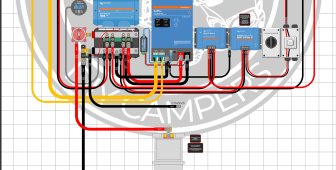
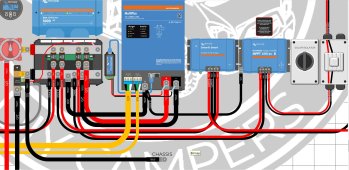
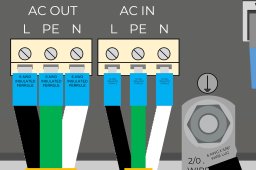





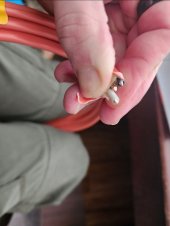
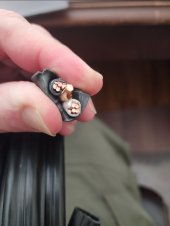
This is the diagram I'm following. I've also attached a pic of the inverter terminals.
The debate is if I need 10/3 or 10/2 and 6/3 or 6/2
X/3 = 3 load wires and ground, X/2 = 2 load, and ground.
Here is the wiring diagram, the inverter/charger (Victron 12|2000|80), and the wire they sold me at Lowes.
he black sheathed is the 6/2 I ended up with the orange sheathed is the 10/2. The inverter/charger will be chassis grounded via 2/0 cable through the Lynx bus
If I'm using 6/2 & 10/2 black to black, white to white, and paper insulated copper (aka bare copper) to green?
Or did I actually need 6/3 & 10/3?
Black, Green, and White to the respective and "bare copper? to...? The ground














